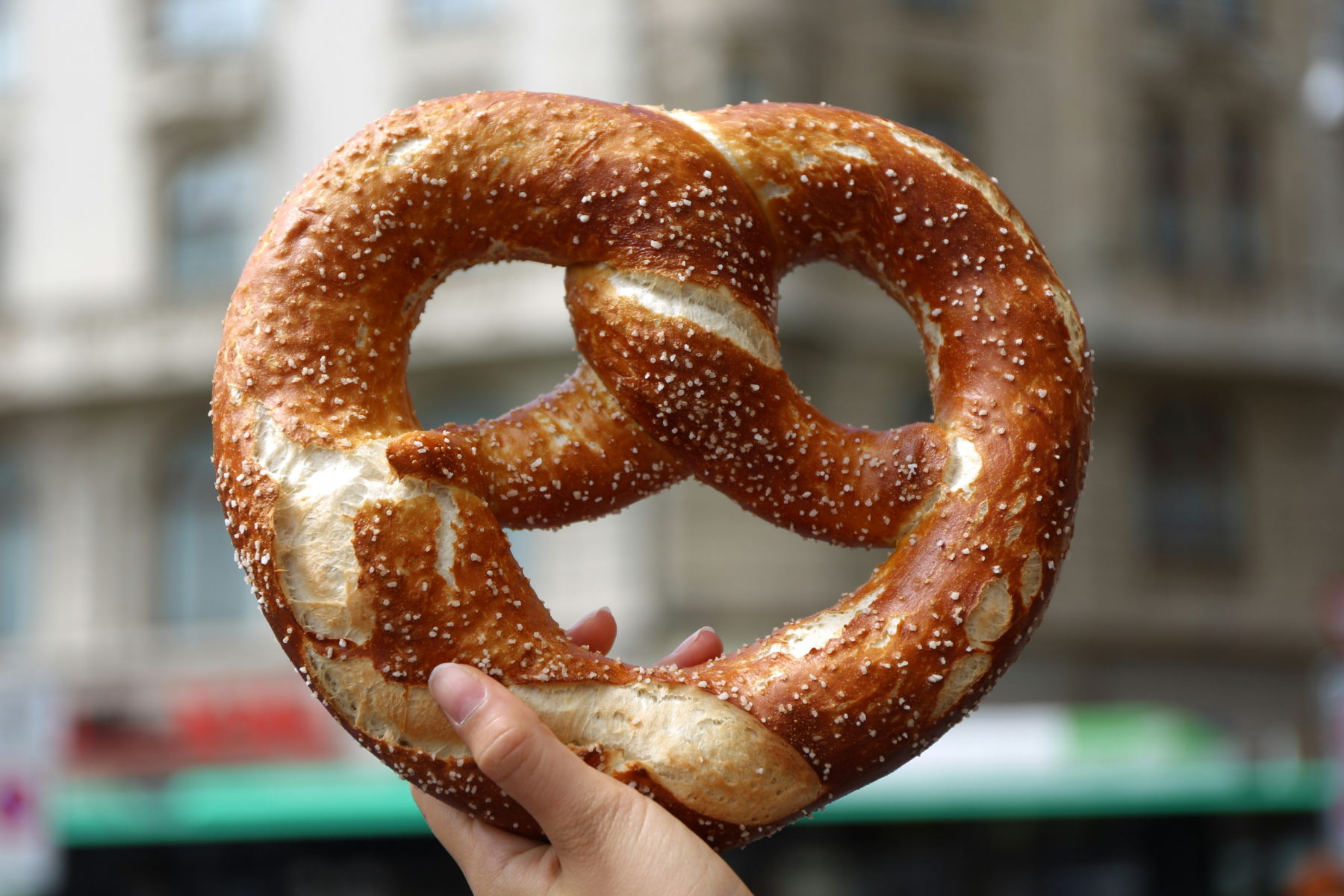Hold the Salt. Or the Sodium? Both.
Published August 10, 2022
Published August 10, 2022

Sodium is a mineral that helps your muscles and nerves fire away and keeps your fluid levels in check. As important as that is, you need only a small amount of sodium to make it happen — and it’s very easy to get. The downside? It’s also easy to overdo it (looking at you, salt).
A lot of us use sodium and salt to mean the same thing. Is there a difference? There is but there’s also a reason we think of them in the same way. Salt is made up of sodium and another mineral called chloride. So where there’s salt, there’s sodium. And if you want to cut down on sodium, you have to cut down on salt.
You need only about 500 milligrams of sodium a day. But it’s OK to have up to 2,300 milligrams. How much is that in real life? A teaspoon of salt — that’s about the size of the tip of our pinky. Not a huge amount. And if you have high blood pressure, you want to aim for under 1,500 milligrams.
You can see how easy it is to get more sodium than you need. Over time, that leads to problems like:
Himalayan pink salt. Hawaiian black lava salt. Light grey Celtic sea salt. No matter what you call it, it’s salt. Same goes for kosher salt, table salt, unicorn salt, and any other salt variety.
The crystal size, color, texture, and other minerals may vary, but it’s all salt. From a sodium standpoint, treat them all the same.
The biggest bang for your low-sodium buck comes with cutting out processed foods — or at least choosing them more wisely. Anything in a box, can, or the freezer aisle is often loaded with sodium. That includes bread, pizza, cheese, deli meats, soups, burritos, tacos, and snacks like chips and crackers.
Always check the nutrition facts on the food’s label. You’ll see sodium in its own row. Limit or avoid foods whose sodium number is higher than 480 milligrams — or about 20% of the daily recommended value. And don’t forget to check the serving size. Two servings means twice the sodium.
Here’s the great thing about cutting back on salt: your taste buds will adapt and you won’t really miss it. So go ahead and start dialing back the salt you use in your recipes. Take the salt shaker off the table, or use two shakes instead of three. When you eat out, ask if they can prepare your food without salt.
You can also:
If you need support with healthier eating, your care team is ready and waiting! Book a visit today or speak with your health guide to get personalized tips. Not a member yet? Get started by signing up, or calling us at (855) 869-9284 to see if our continuous, coordinated care model is right for you.